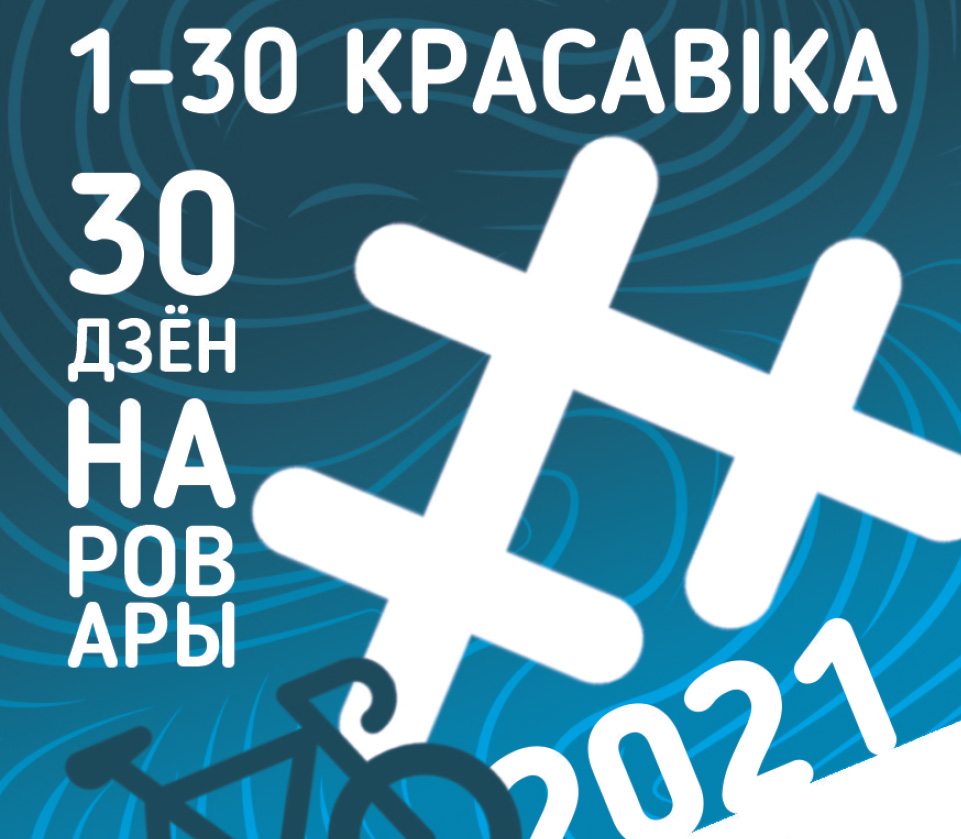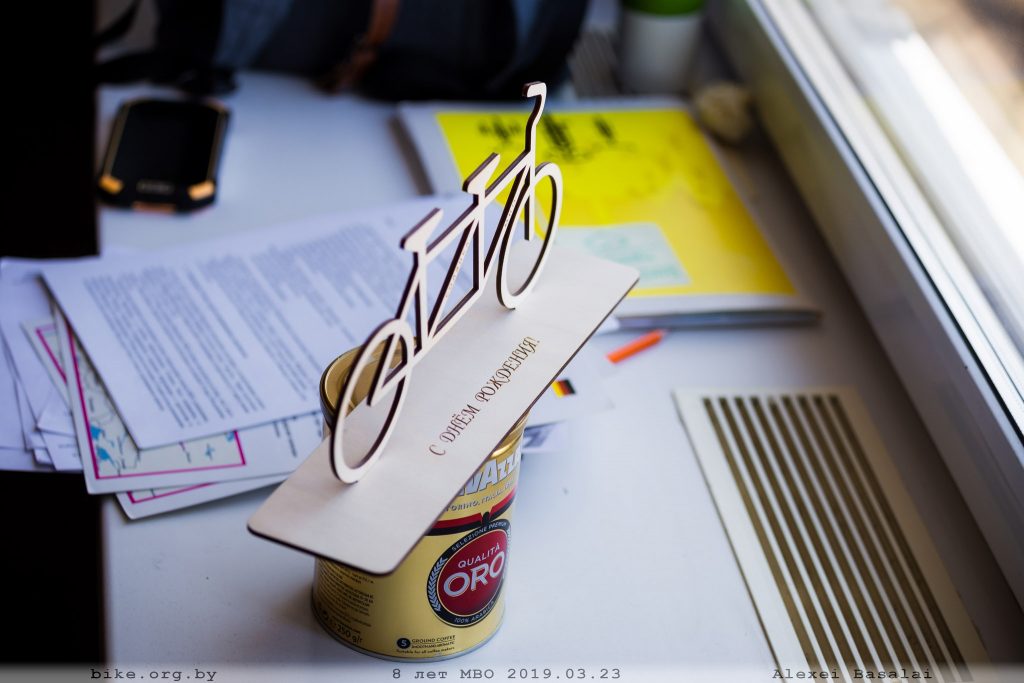The funds will be directed to lowering curbs and applying markings on 80 km of sidewalks, writes agency "Minsk-News". This figure was announced at an operational meeting in the Minsk City Executive Committee. The issue of bike lane safety has also been raised, and city districts are due to submit proposals on this topic next week.
It was about the plan for the implementation of projects for the organization of cycling on the sidewalks of the streets in accordance with the concept of the development of cycling, both old projects that should have already been completed, and new ones. Projects for 40 kilometers of streets have already been prepared and started to be implemented, and it is for their implementation that the money will be spent. These are the same areas for which cyclists prepared surveys in the spring:
- Partizansky avenue (from Selitsky street to Angarskaya street)
- Radialnaya street (from Partizansky avenue to Zaporozhskaya street)
- Zaporozhskaya street (from Radialnaya street to Stoletov street)
- Stoletova street (from Zaporozhskaya street to Akademicheskaya street)
- Akademicheskaya street (from Stoletov street to Independence avenue)
- Kabushkina street (from Partizansky avenue to Tashkent street)
- Tashkent street (from Kabushkin street to Goloded street)
- Krupskaya street (from Kabushkina street to Malinin street)
- Malinina street (from Krupskaya street to the Svisloch river)
- Rokossovsky Ave (from Malinin St. to Plekhanov St.)
- Denisovskaya street (from Vaneeva street to Aerodromnaya street)
- Aerodromnaya street (from Denisovskaya street to Zhukov avenue)
- Korzhenevskogo street (from Kizhevatova street to Lander street)
- Shafarnyanskaya street (from Gintovt street to Russiyanov street)
- Russiyanova street (from Shafarnyanskaya street to Kuprevich street)
- Kuprevich street (from Russiyanov street to Skaryna street)
- Narochanskaya street (from Pobediteley avenue to Timiryazeva street)
- Pobediteley avenue (from Tikhaya street to Drozdy passage)
- Bogdanovicha street (from Surganov street to Masherov avenue)
- Kolesnikova street (from Kazimirovskaya street to Masyukovshchina street)
- Ponomarenko street (from Sharangovich street to Pushkin avenue)
- Sharangovich street (from Goretsky street to Ponomarenko street)
- Brylya street (from Alibegov street to Gursky street)
- Gursky street (from Brylya street to Dzerzhinsky avenue)
In addition, in a number of districts of the city, work is being carried out to lower the curbs and organize cycling beyond this plan, for example, along Yesenin Street, Trostenetskaya Street.
Unfortunately, often in the course of the execution "the cart runs ahead of the horse": the markings are applied before the curbs are tidied up, and they are often applied with errors, without checking the project. This is how we get places that the whole of Minsk is already laughing at: now the markings at the transition lead to the lawn, then to the tall curb, then in general somewhere in the wasteland ...
In the coming days, a working meeting on the development of cycling infrastructure and cycling movement is planned at the sports and tourism department of the Minsk City Executive Committee, to which the Minsk Cycling Society has also been invited. There we plan to raise the old problems of curbs on the newly reconstructed streets of Mayakovsky and Dzerzhinsky (for the sake of fairness, the situation is much better on the streets renovated this year), in courtyards and on local thoroughfares. Proposals will also be presented on the safety issues of cyclists on the cycle path.
Minsk has not yet created a single coordinating body (position, department, working group, etc.) on the development of cycling, which does not allow us to talk about the full integration of cycling into the city's transport system. In addition, there are no standards to guide designers. Existing TCHs have given very little attention to cycle paths. Despite some movement (so, for example, the traffic police included bicycle crossings in the typical traffic organization schemes), such a standard needs to be developed in the near future. As far as we know, the Committee for Architecture and Urban Planning of the Minsk City Executive Committee also proposes to develop a similar standard, but so far this remains only a proposal.
The Minsk Cycling Society has long been trying to draw attention to the problem of curbs and is participating in the development of projects, and, albeit not without "jambs", but the tendencies in Minsk are beginning to please. It looks like it will take a little more, and in the city leadership there will finally appear people who sincerely promote the idea of a “city for people”, and the course of supporting motorization will be replaced by the course of creating a city that is comfortable for life ...








